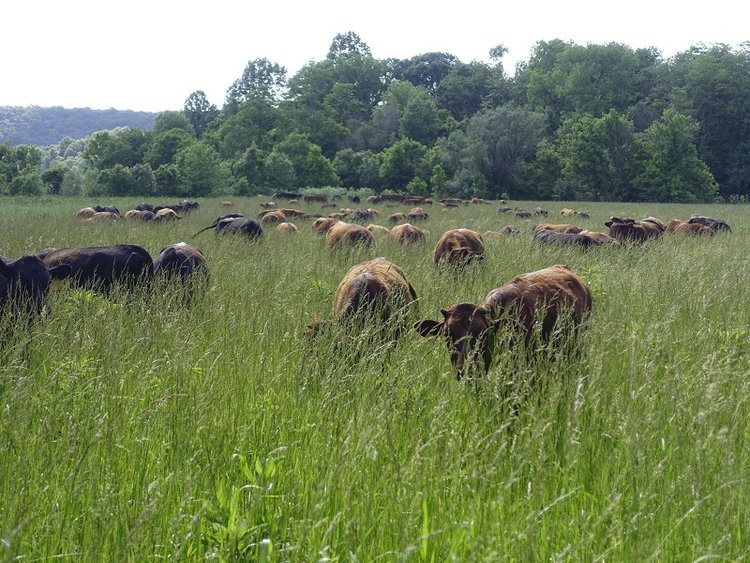LAMB TREASURY
posted on
June 2, 2017
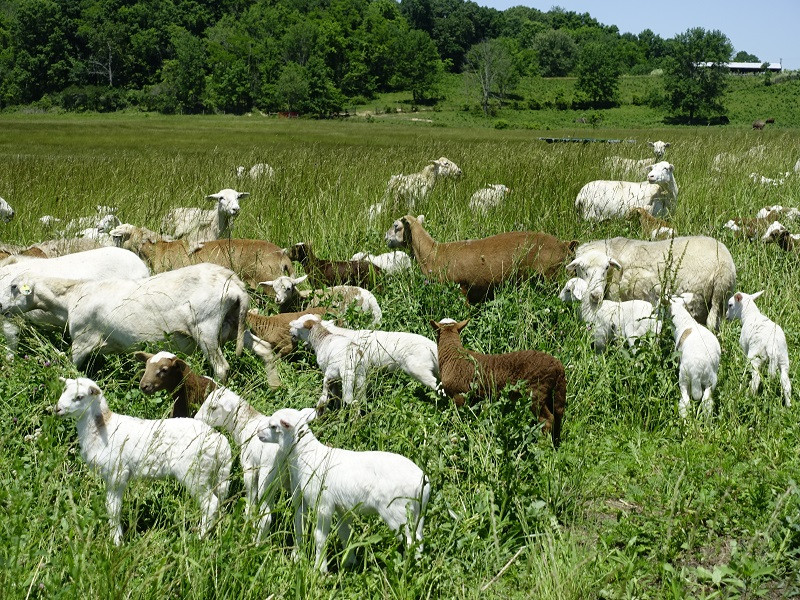
Lambing is completed, and we begin to take stock.
We moved the ewe-flock today out of their nursery field, where they have resided for the past six weeks. That area is a large 30-acre field in which ewes are free to roam, give birth, and bond with newborns, without interference. We disturb them as little as possible during that time. We used to worry about every newborn finding its mother and made extensive efforts to provide surrogate parenting. But over the years, we began to suspect we were doing more harm than good. We now practice laissez-faire management at lambing, which is a lot less stressful on all parties.
Grass is tall during this time, so it is hard to see lambs in the large field. Today, we were able to view them closely as they passed by on their way to the next grazing block, this time of about 3 acres. It was like a birthday gift, watching them troop by, looking clean, full, hearty, and numerous. Our treasury felt augmented.
They are now being introduced to electric netting, which is always a challenge. Most learn fairly quickly, but a few don't, and have to be untangled from nets. The learning curve is dependent on how well the charger delivers current - the more the better, so we mow beneath nets to reduce drain on the system.
We will move the flock to next enclosures every three days, for two reasons. This is the period before parasites hatch from manure to infect lambs and, second, grass that has been grazed begins to regrow after three days. We want to give that plant at least 45 days of rest, so it can send roots deep into soil.
If we allow lambs to "backgraze" after three days, they infect themselves with parasites, inhibiting their growth and well-being. Most producers of lamb solve this problem, by applying a chemical dewormer down the throat. The challenge with that solution is worms become resistant to chemicals over time, so new chemicals of greater strength are always required. We tried this approach for several years, but found it to be a downward spiral offering an undesirable landing.
Instead, we have resorted to high-management, by using electrified nets to control the flock so it can not backgraze. We don't return to the same spot for 60 days, by which time most parasites have died. We also graze tall grasses and legumes, so stock are not eating stems of plants close to the ground, where lingering parasites would reside.
The methodical movement of lambs and nets every three days through tall grasses requires a good deal of labor, which is a cost. The benefit is we don't have to give any chemicals to lambs. Their meat is accordingly as clean and pure as wild-caught fish and nearly as delicious. Raising lamb this way requires more effort than any of our other animals - beeves, pork, chickens, or eggs, but is arguably the best meat of all.

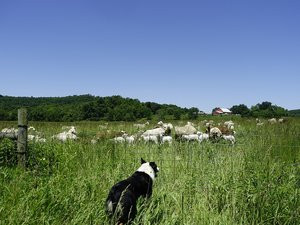
We are erecting an extra tent at Hyde Park this year, under which to accommodate our grilling of sliders. They have been selling like hotcakes, so come and see us for a hot one, and take home a frozen six-pack.
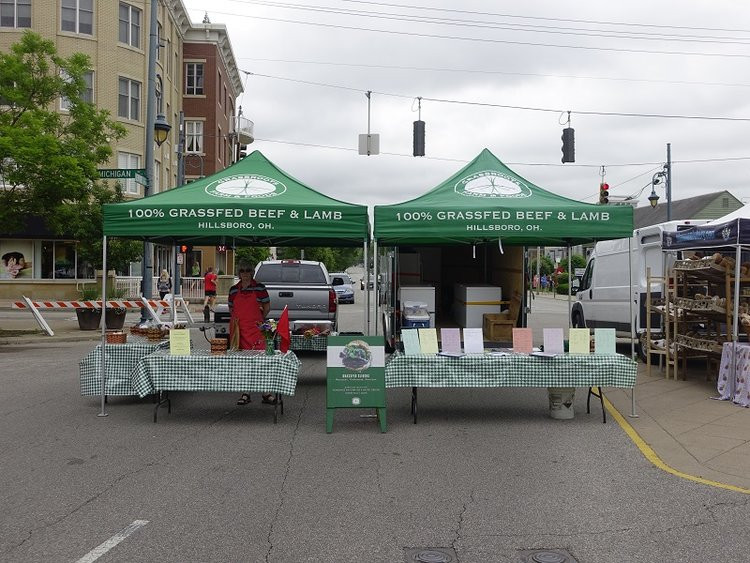
Lamb chops are great for the frying-pan or grill. This is some of the best food the Midwest can offer. The key is not to over-cook them. Two minutes per side should suffice.
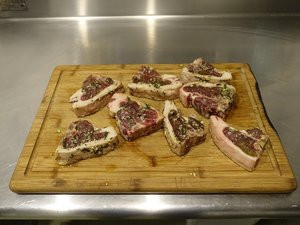
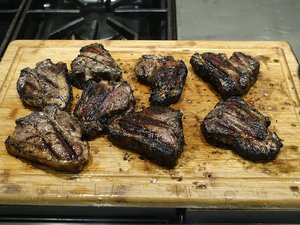
On this day, we are feeling a number of things. We are heartened by lambs filling our treasury, and are poignantly reminded that only by tending to that which we love, will we save the planet. So, let us tend, with all of ourselves, as the time is nigh.
